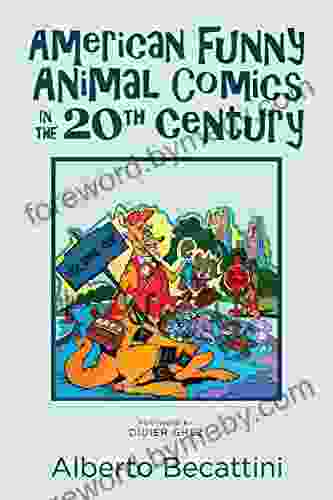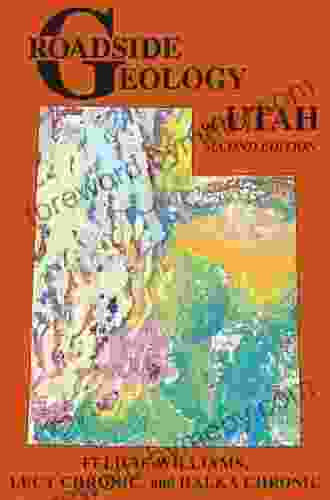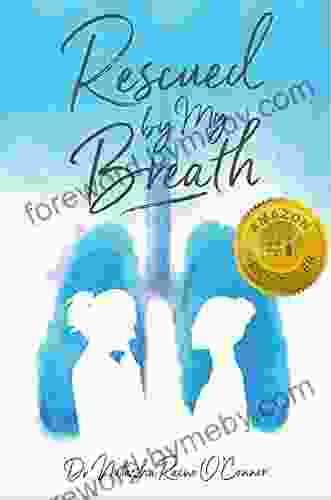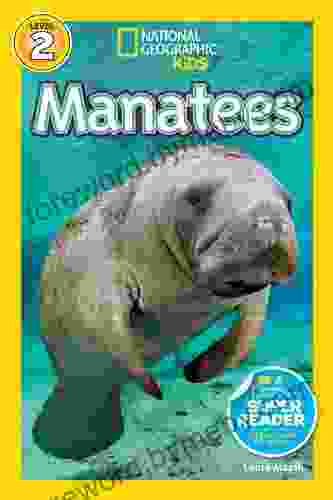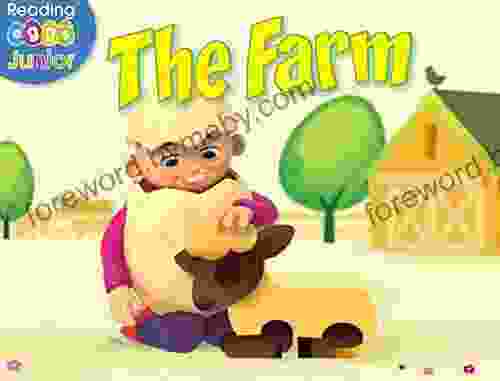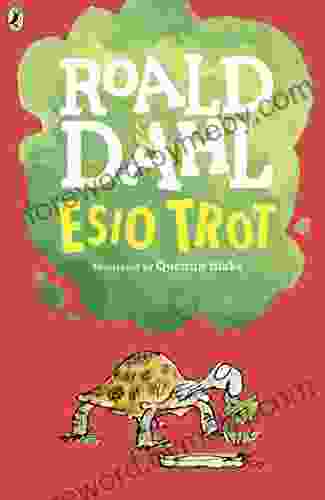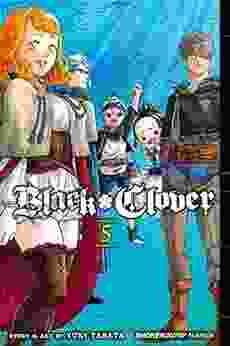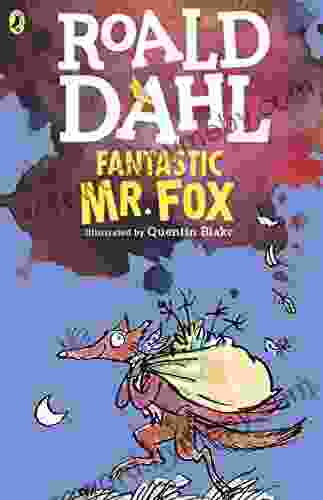A Nostalgic Delve into the Golden Age of Funny Animal Comics
Prepare to embark on a captivating literary adventure with "American Funny Animal Comics in the 20th Century," a comprehensive exploration into the enchanting world of these beloved characters. From their humble beginnings to their enduring legacy, this captivating book unveils the rich history and enduring appeal of funny animal comics.

5 out of 5
| Language | : | English |
| File size | : | 49597 KB |
| Text-to-Speech | : | Enabled |
| Screen Reader | : | Supported |
| Enhanced typesetting | : | Enabled |
| Word Wise | : | Enabled |
| Print length | : | 374 pages |
| Lending | : | Enabled |
The Pioneers: Laying the Foundation for Animal Antics
The early 20th century witnessed the birth of funny animal comics, with groundbreaking pioneers like Winsor McCay's "Little Nemo" and George Herriman's "Krazy Kat." These visionary creators imbued their characters with endearing personalities, whimsical adventures, and an unparalleled artistic flair.
Winsor McCay: The Master of Dreamlike Adventures
Winsor McCay's "Little Nemo" (1905-1914) transported readers into surreal and dreamlike landscapes. Nemo, a mischievous young boy, embarked on extraordinary nocturnal journeys filled with bizarre creatures and fantastical settings. McCay's innovative use of perspective, color, and symbolism captivated audiences and set a high standard for the genre.
George Herriman: Creating a Feline Masterpiece
George Herriman's "Krazy Kat" (1913-1944) introduced the world to the whimsical friendship between Krazy Kat, an optimistic cat, and Ignatz Mouse, a mischievous rodent who constantly pelts her with bricks. Herriman's unique blend of abstract imagery, surrealist elements, and offbeat humor created a timeless masterpiece.
The Golden Age: A Proliferation of Funny Animal Stars
The 1930s ushered in the golden age of funny animal comics, with a plethora of iconic characters emerging from the pages of newspapers and comic books. Walt Disney's Donald Duck, Carl Barks' Scrooge McDuck, and Chuck Jones' Bugs Bunny became household names, delighting generations of readers with their slapstick hijinks and unforgettable personalities.
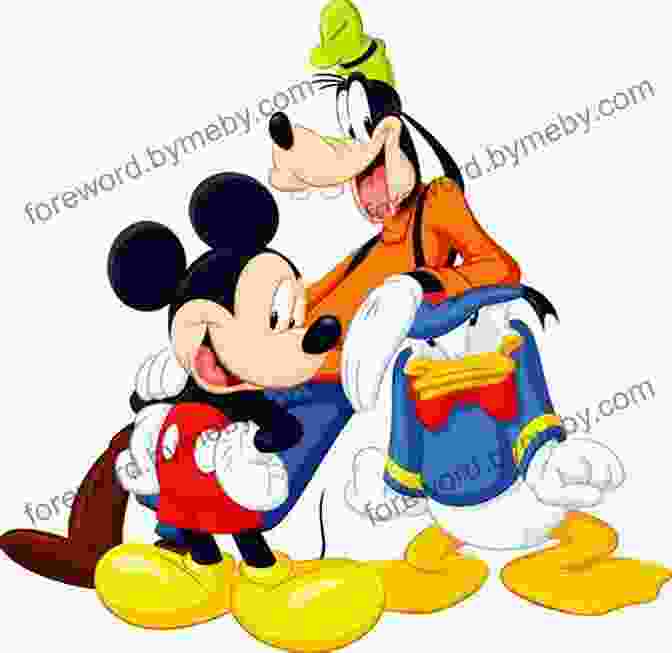
Donald Duck: The Feisty and Mischievous Quack
Walt Disney's Donald Duck (1934-present) became an instant sensation, captivating audiences with his fiery temper, constant mishaps, and infectious optimism. Duck's adventures alongside his nephews, Huey, Dewey, and Louie, embraced a relatable blend of humor, slapstick, and endearing family dynamics.
Scrooge McDuck: The Miserly Tycoon with a Heart of Gold
Carl Barks' Scrooge McDuck (1947-present) ascended to prominence as the self-proclaimed richest duck in the world. Despite his unwavering greed, Scrooge exhibited a surprising capacity for kindness and adventure, often embarking on perilous quests with his loyal nephew, Donald Duck.
Bugs Bunny: The Cunning and Sarcastic Hare
Chuck Jones' Bugs Bunny (1940-present) epitomized the wit and guile of the funny animal genre. With his signature carrot-chomping pose and catchphrase "Eh, what's up, Doc?", Bugs outsmarted adversaries with his quick thinking, slapstick humor, and undeniable charm.
The Post-War Era: Evolution and Decline
Following the golden age, funny animal comics faced a changing landscape in the post-war era. Shifts in consumer preferences, competition from other media, and a perceived lack of relevance led to a gradual decline in popularity. Nevertheless, new voices and innovations emerged, keeping the spirit of the genre alive.
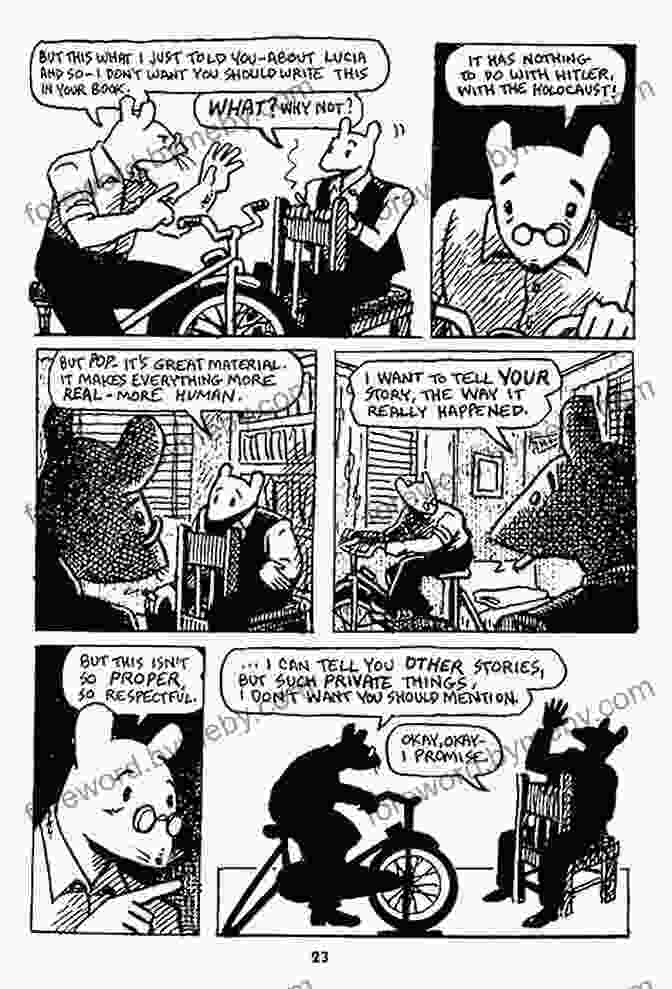
Jeff Smith: Revitalizing the Genre with Bone
Jeff Smith's "Bone" (1991-2004) demonstrated the enduring power of funny animal comics. Set in a medieval fantasy world, "Bone" featured a cast of lovable animal characters grappling with themes of adventure, friendship, and courage. Smith's intricate artwork and engaging storytelling revived interest in the genre.
Art Spiegelman: Exploring the Holocaust through Maus
Art Spiegelman's Pulitzer Prize-winning "Maus" (1980-1991) took a daring approach by depicting the horrors of the Holocaust through the lens of funny animal characters. Spiegelman's groundbreaking graphic novel challenged conventional perceptions of the genre, showcasing its potential for poignant and powerful storytelling.
Rediscovering the Magic: Retrospective Appreciations
In recent years, there has been a resurgence of interest in classic funny animal comics. Retrospective exhibitions, publications, and online communities have emerged, highlighting the enduring legacy of these beloved characters and their creators' ingenuity.
Exhibitions Celebrating the Golden Age
Prestigious art institutions like the Museum of Modern Art and the Cartoon Art Museum have hosted major exhibitions dedicated to the golden age of funny animal comics. These exhibitions showcased original artwork, rare memorabilia, and insightful commentary, shedding new light on the genre's artistic and cultural significance.
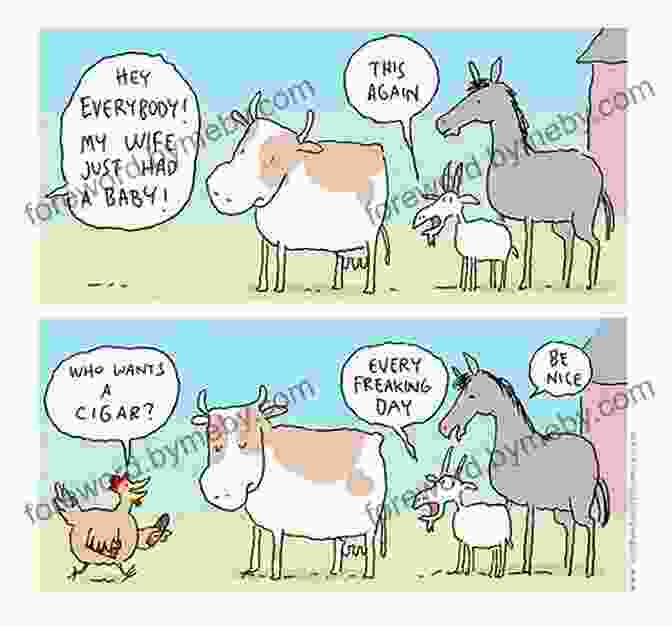
Publications Preserving the Legacy
Dedicated publications like "The Comics Journal" and "Funny Animal Weekly" have played a vital role in preserving the legacy of funny animal comics. These publications feature in-depth articles, interviews with creators, and archival material, ensuring that the genre's history and evolution remain accessible to readers.
Online Communities Fostering Appreciation
Online communities dedicated to funny animal comics have become vibrant forums for fans to connect, share memories, and engage in discussions about their favorite characters. These communities have contributed to the ongoing rediscovery and appreciation of the genre.
: A Timeless Legacy of Wit and Whimsy
"American Funny Animal Comics in the 20th Century" is an invaluable resource for anyone fascinated by the enduring world of these beloved characters. This comprehensive work delves deep into their history, evolution, and enduring appeal, capturing the essence of a genre that has delighted generations.
The legacy of funny animal comics continues to inspire and entertain, reminding us of the power of laughter to brighten our lives. From the dreamlike adventures of Little Nemo to the witty escapades of Bugs Bunny, these characters have left an unforgettable mark on popular culture, forever etched in the hearts of readers young and old.



